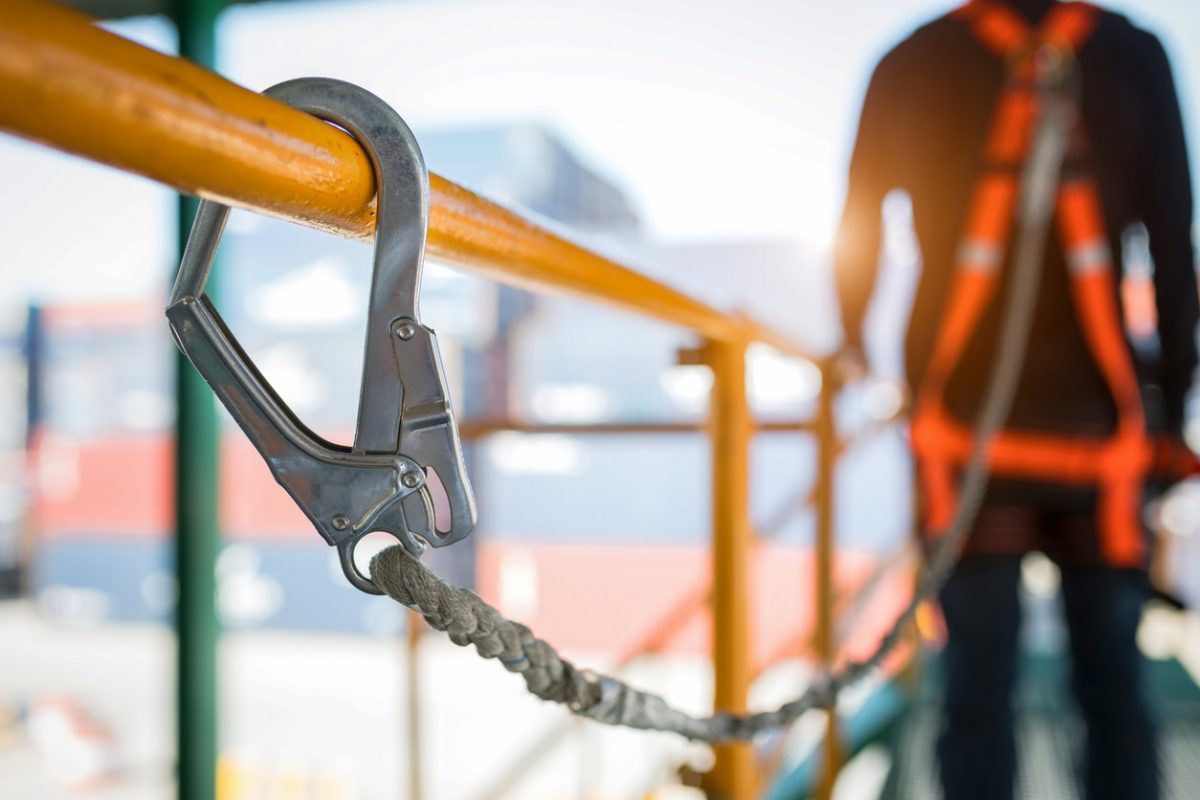Tips for Scaffolding Safety on Construction Sites

Fall hazards are the leading cause of construction worker deaths, accounting for almost half of all fatalities in construction each year. OSHA estimates that approximately 65 percent of construction workers perform some work on scaffolds each year. Without an understanding of the hazards of scaffolding, this could lead to dangerous situations for construction workers and operations across the country.
The key issue to safety when working on scaffolding boils down to whether or not the scaffold is safe to work on. Here are some guidelines to ensure complete safety.
Do
Get properly trained before using a scaffold on the identification of electrocution, fall, and falling objects hazards and the procedures for dealing with such hazards. Training must also include the proper use of the scaffold, how to handle materials and the load capacities of the scaffold. Get retrained when additional hazards present themselves such as job site changes.
Before ever using a scaffold make sure that a competent person has inspected the scaffold and it’s in proper working order. Scaffolds can only be tampered with under direct supervision of trained personnel.
Always use a hard hat, sturdy, non-skid pair work boots, and tool lanyards when working on scaffolds.
Be mindful of coworkers working above and below you at all times. If you witness improper use of a scaffold, notify a supervisor immediately.
When personal fall arrest systems are required, thoroughly inspect the equipment for damage and wear. Anchor the system to a safe point that would not allow for free falling more than six feet before stopping.
Don’t
Never leave anything on the scaffold at the end of your shift. This includes any building materials or tools, as these items could potentially be blown off the scaffold or cause tripping hazards for the next person using the scaffold.
Don’t overload the scaffold. One must be aware of the maximum intended load and load-carrying capacities of the scaffold they’re working on.
Never use boxes or ladders increasing your work height. If you can’t reach an area, request that the scaffold platform be raised by supervisor. Do not use stilts if the guardrails on the scaffold have been extended to a height that is equal to the height of the stilts.
Be sure not to use a scaffold that appears damaged in any way, has been tampered with or if there are missing components (planking, guardrails, toeboards, debris nets or protective canopies). Notify a supervisor immediately to get the scaffold in proper working order and inspected. Note: Only those trained in scaffold erection should attempt to repair.
Avoid using a scaffold during adverse weather such as heavy rain, sleet, ice snow or strong winds. Any debris (ice, snow, mud, leaves) should be thoroughly removed from the scaffold before working.
Don’t climb on any portion of the scaffold frame not intended for climbing. Always use a fixed ladder, internal access stairway or built-in ladder to access the working platform. There should always be a handhold above the scaffold platform. Tools should be hoisted up separately, not brought up by hand.
You never know when an accident can happen. Make sure to secure construction liability insurance to protect your business.
About Daniels Insurance, Inc.
At Daniels Insurance, Inc., we have a unique understanding of the risks that people like you face on a regular basis. With the backing of our comprehensive coverages and our dedication to customer service and quick claims resolution, your business will be fully protected. For more information, contact us today at (855) 565-7616.
